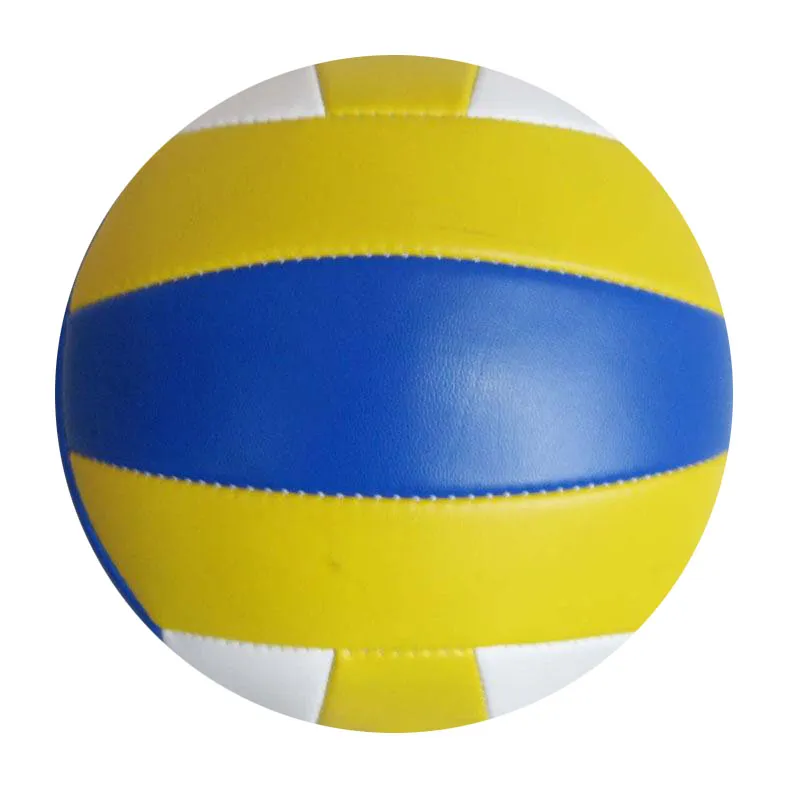Choosing the right mini soccer ball size can significantly impact the development, enjoyment, and safety of young players and beginners. These smaller football variants are specifically designed to cater to different age groups and skill levels, ensuring that every player has the best experience on the field. By focusing on Experience, Expertise, Authoritativeness, and Trustworthiness (E-E-A-T), this guide provides a comprehensive look into selecting the ideal mini soccer ball size.

Understanding the intricacies of mini soccer ball sizes is essential for coaches, parents, and athletes. Typically, these balls come in sizes ranging from 1 to 4, with each size tailored for a specific group. A size 1 ball, also known as a skills ball, is perfect for developing footwork and control, mainly used for fun and practice rather than official matches. It's the smallest in the category, making it easy for even the youngest players to manage.
For younger children, particularly those under eight years old,
a size 2 ball is recommended. This slightly larger option is excellent for improving basic skills and coordination without the intimidation that often accompanies full-sized soccer balls. Coaches and sports professionals utilize these in training sessions to boost young players’ confidence and enthusiasm for the game.

Advancing to size 3, this is often termed the junior size and is predominantly used by children aged 8 to 12. These balls provide a balance of size and weight that aids in skill development while adjusting to official play standards. The transition to size 3 balls marks an important step for young athletes, helping them enhance their dribbling, passing, and shooting abilities in a more competitive setting.
Size 4 balls are intended for players ages 8 to 12 but are generally used in leagues and more structured environments. These balls are slightly smaller than the regulation size 5 adult soccer ball, making them suitable for youngsters who are almost ready to transition to adult-sized games. The use of a size 4 ball helps in refining the players’ skills as they adjust to more advanced techniques and competitive play.
mini soccer ball size
It is crucial to choose the right size, but equally important is ensuring the quality and durability of the mini soccer ball. High-quality materials like polyurethane or TPU outer layers offer a good mix of softness and resilience, providing an authentic feel during gameplay. Sturdy construction contributes to the longevity of the ball, especially with regular practice and use in varying field conditions.
Moreover, consulting with experienced coaches, sports retailers, or reading reviews from other users can provide additional insights into the best mini soccer ball for a specific purpose. The reputation of the manufacturer and customer feedback play a significant role in building trust and assurance in the product chosen.
From a safety perspective, the correct ball size prevents fatigue and reduces the risk of injury, as young players won’t be forced to handle a ball that’s too large or heavy. It's essential to foster an environment where children can safely enjoy and learn the sport, thereby building a lifelong passion.
In conclusion, selecting the appropriate mini soccer ball size is pivotal for a fulfilling soccer experience. Combining expert advice with reliable, durable products not only supports the development of young players but also ensures they enjoy the sport. By prioritizing these factors, coaches, parents, and the players themselves can contribute to a positive, engaging, and effective soccer learning journey.













